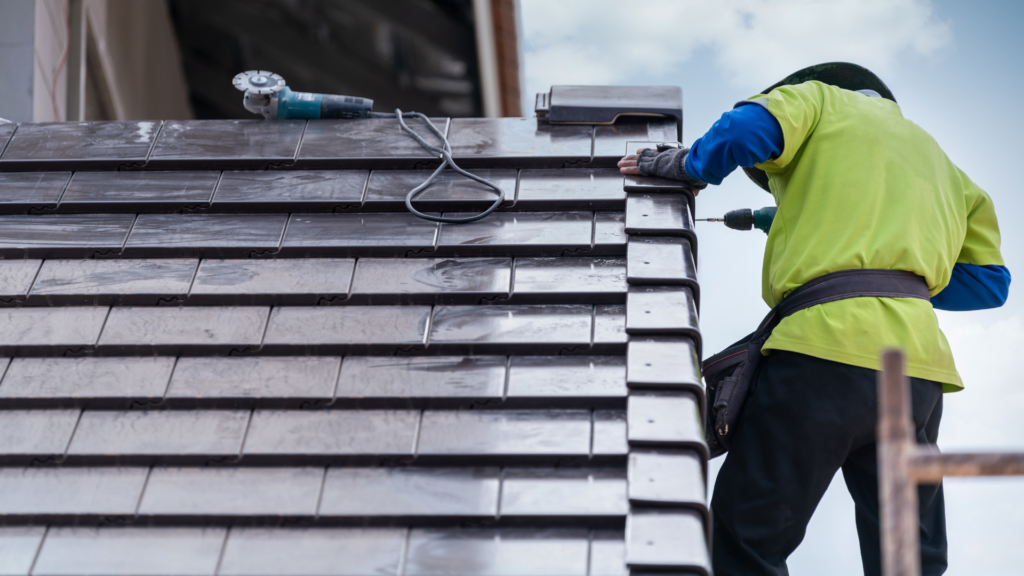Replacing your roof is no quick or easy task, but once it becomes necessary, you don’t want to put it off. If left unattended, it can pose health risks and even structural risks to your home. Particularly after a large storm or natural disaster, it is important to check the integrity of your roof to ensure it does not need any repairs. Let’s take a look at a few signs that it might be time to replace your roof.
What is the Average Lifespan of a Roof?
First things first: how long does a roof usually last? This depends on several factors, including the material of the roof, the environment to which it is exposed, and how well it is maintained. Generally speaking, a slate roof lasts up to 50 years while asphalt shingles last around 20. Wood and cement fall somewhere in between.
If your roof is showing signs of basic wear and tear and has pretty much reached the end of its lifespan, look into replacing it as soon as possible.
7 Signs You Should Replace Your Roof
Of course, age is not the only sign that it’s time to replace your roof. Other indications that your roof is failing include the following issues.
1. Dripping in the House
The #1 (and most obvious) sign that it’s time to repair or replace your roof is, of course, a leak. Sometimes, a bad storm can bring to light a lot of compromises in the roof’s integrity. While one small leak can likely be patched up, watch for a bunch popping up at one time. This can indicate that it’s time for a new roof.
2. Moisture or Mold Accumulation in Attic
Another sign of a worn-out roof is a moist or moldy attic. Drafts from the roof allow excess humidity into the attic. Typically, mold thrives in the dark, damp environment of a poorly ventilated attic. Periodically check your attic to make sure mold growth is not occurring. If it is, check your roof for drafts or leaks.
3. Curled Shingles
In addition to causing mold growth inside the attic, excess moisture causes the edges of your shingles to curl up. This often leaves gaps between the shingles and your attic, exposing your home to the weather. Additionally, during cold months, curled shingles cause ice dams. As the water runs off, it becomes trapped at the edge of the shingle and freezes, leading to further roof damage.
4. Algae Growth on Shingles
If your roof’s shingles are made with limestone, you might notice the green growth of algae. This occurs when bacteria begin eating away at the limestone. If you see algae on your roof, it probably means your shingles are worn out.
5. High Utility Bills
If you notice a gradual increase in your monthly energy bills, check your attic and roof. The temperature inside your attic should be the same as the temperature outside. However, a poorly ventilated attic traps heat in the summer and cold in the winter and causes your HVAC system to work much harder. Of course, the reverse is also true. Leaks and drafts in the roof also allow the air from your heater or air conditioner to escape.
Need a Storm Damage Assessment?
Disaster Management Recovery Group is here to assess your storm damage and determine the next step. If you need a roofing evaluation or have suffered exterior damage due to storms or other natural disasters, contact us and schedule a storm damage evaluation and start on the road to recovery


